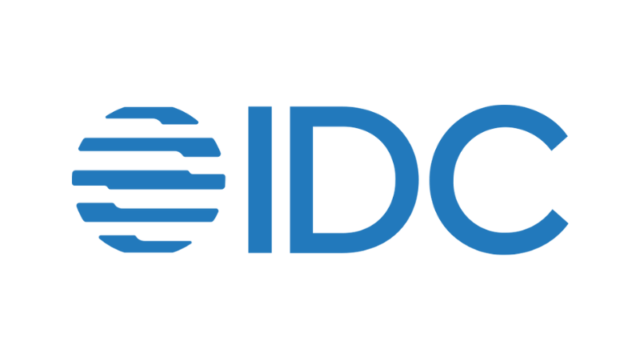This contributed story by Duncan Angove, CEO at Blue Yonder, originally appeared in Solutions Review on Feb. 26, 2024. Excerpts from the byline article below. To read the full article visit solutionsreview.com.
Efficient, effective, and resilient supply chains, by their very nature, require the busting of silos. Paradoxically, supply chain planning and execution technologies have historically fallen short of this requirement. In contrast to ERP and CRM tools, which were successfully platformed years ago for the enterprise, supply chain management tools have largely remained as point solutions. Some vendors may claim to have “changed the game” regarding supply chain planning, but it certainly doesn’t feel that way from a customer perspective.
Legacy database technologies and computing limitations have compelled supply chain solution providers to settle on aggregating data and applying simplified rules-based algorithms to deliver more responsive and cost-effective solutions to common supply chain problems. Unfortunately, this approach further exacerbated siloed decision-making due to the inevitable latency in communication between systems and the myriad of failed attempts to standardize communication protocols across trading partners. Supply chain technology vendors added fuel to the fire by focusing on “fixing” point solutions rather than going to the source of the problem—the disconnected data and the infrastructure.
…
Three critical pieces of technology will upend conventional thinking and catalyze a global supply chain transformation: the data cloud, generative AI, and the underlying, near-infinite intelligence of microservices architecture seen on the platforms of today’s public clouds.
In The News
- Data Cloud Podcast: Building the World’s Largest Supply Chain Data Cloud with Duncan Angove, CEO at Blue Yonder

- Forbes: We’ll Never Fully Trust Artificial Intelligence With Our Businesses — And That’s Okay

- Automotive Industries: Blue Yonder accelerates automotive innovation with strategic flexis acquisition for supply chain transformation

- eCom Logistics Podcast: Modern Logistics Challenges: Strategies from Blue Yonder’s Ann Marie Jonkman at Modex 2024

- Logistics Viewpoints: How Can Your Supply Chain Become Even More Resilient?

Analyst Reports
- IDC ProductScape: Worldwide Warehouse Management Systems, 2024

- IDC’s Worldwide Retail Industry Spending Guide Taxonomy, 2024

- Gartner Critical Capabilities for Transportation Management Systems, 2024

- Gartner Magic Quadrant™ for Transportation Management Systems, 2024

- IDC Market Glance: European Supply Chain Planning, 1Q24

Media Relations Inquiries
Marina Renneke, APR
Global Corporate Communications Senior Director
Rossella Benti
EMEA Corporate Communications Director
Meredith Mackintosh
NA Corporate Communications Manager
mediarelationsteam@blueyonder.com
480-308-3037
Analyst Relations Inquiries
Celeste White
Vice President, Global Analyst Relations
Sarah Hart
Program Director, Global Analyst Relations
Lindsey Hiefield
Program Manager, Global Analyst Relations
analyst.relations@blueyonder.com

